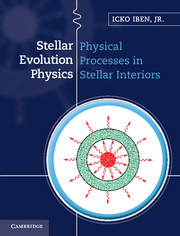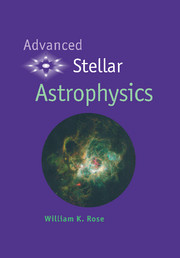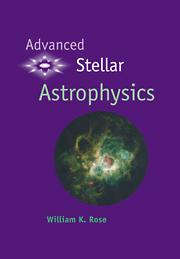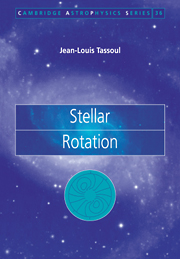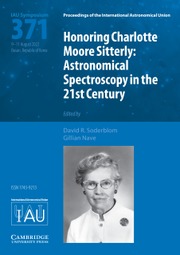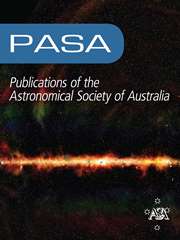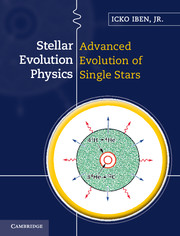Stellar Evolution Physics
This text describes the microscopic physics operating in stars and demonstrates how stars respond from formation, through hydrogen-burning phases, up to the onset of helium burning. Intended for beginning graduate students and senior undergraduates with a solid background in physics, it illustrates the intricate interplay between the microscopic physical processes and the stars' macroscopic responses. The volume starts with the gravitationally contracting phase which carries the star from formation to the core hydrogen-burning main sequence, through the main sequence phase, through shell hydrogen-burning phases as a red giant, up to the onset of core helium burning. Particular emphasis is placed on describing the gravothermal responses of stars to nuclear transformations in the interior and energy loss from the surface, responses which express the very essence of stellar evolution. The volume is replete with many illustrations and detailed numerical solutions to prepare the reader to program and calculate evolutionary models.
- Provides the most in-depth treatment of microscopic input physics and the macroscopic responses, emphasising the interplay between them
- Instils an appreciation of how a star responds gravothermally to nuclear reaction-induced transformations and energy loss from the surface
- Emphasises methods for obtaining numerical solutions enabling students to construct their own stellar evolutionary models
- Over 300 illustrations describe in detail the structural characteristics and the physical processes occurring in stellar models
Reviews & endorsements
"This is a book by one of the most prolific researchers in the area of stellar evolution, and he has plenty to teach practitioners in the field … [the] style is always clear and straightforward … This is not a book for the faint-hearted, but it is certainly full of fascinating detail which will repay study by the active researcher … Iben has produced a classic monograph, which compares well with classics of the past, and I am pleased to have a copy."
The Observatory
Product details
January 2013Hardback
9781107016569
906 pages
252 × 192 × 44 mm
2.05kg
313 b/w illus. 54 tables
Available
Table of Contents
- Part I. Introduction and Overview:
- 1. Qualitative description of single and binary star evolution
- 2. Quantitative foundations of stellar evolution theory
- Part II. Basic Physical Processes in Stellar Interiors:
- 3. Properties of and physical processes in the interiors of main sequence stars – order of magnitude estimates
- 4. Statistical physics, thermodynamics, and equations of state
- 5. Polytropes and single zone models: elementary tools for understanding some aspects of stellar structure and evolution
- 6. Hydrogen-burning nuclear reactions and energy-generation rates
- 7. Photon-matter interactions and opacity
- 8. Equations of stellar evolution and methods of solution
- Part III. Pre-Main Sequence, Main Sequence, and Shell Hydrogen Burning Evolution of Single Stars:
- 9. Star formation and evolution to the main-sequence
- 10. Solar structure and neutrino physics
- 11. Evolution during core hydrogen-burning phases up to the onset of helium burning
- Index.

